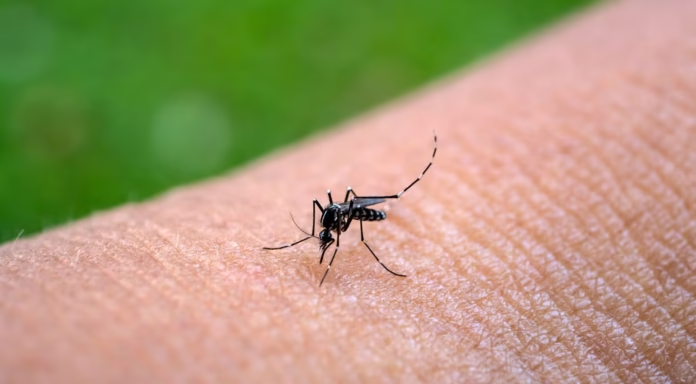The World Health Organization on Tuesday sounded the alarm over a surge in Chikungunya cases worldwide, warning that the current spread of the mosquito-borne virus could mirror the devastating 2005 epidemic if not urgently contained.
“Chikungunya is not a widely known disease, but it’s already circulating in 119 countries, placing 5.6 billion people at risk,” said Diana Rojas Alvarez, WHO’s lead on arboviruses, during a United Nations briefing in Geneva.
The virus, transmitted by Aedes mosquitoes, causes high fever, rash, and severe joint pain that can persist for weeks or even lead to long-term disability in as many as 40 percent of patients.
Since the beginning of 2025, outbreaks have swept Indian Ocean islands, including La Reunion, Mayotte, and Mauritius, where an estimated one-third of La Reunion’s population has been infected, Rojas reported.
The virus is now advancing into parts of Madagascar, Somalia, and Kenya, while South Asia continues to battle outbreaks following India’s large-scale epidemic last year. Rising case numbers have also been reported in Sri Lanka and Bangladesh, with imported infections detected in Europe, including confirmed local transmission in France and suspected cases in Italy.
“The pattern mirrors what we saw in 2004–2005,” Rojas warned. “We must act now to avoid history repeating itself.”
She called on governments in regions where Aedes mosquitoes thrive to step up disease surveillance, strengthen vector control programs, and prepare health systems to manage a potential rise in cases.
While cooler temperatures in the Indian Ocean have slowed transmission for now, Rojas stressed that early detection and rapid response remain essential to prevent mounting health and economic impacts.
WHO is currently supporting affected countries by deploying technical experts, training medical staff, and helping implement mosquito control campaigns.
“This is a preventable crisis if we take the right actions quickly,” Rojas said.

